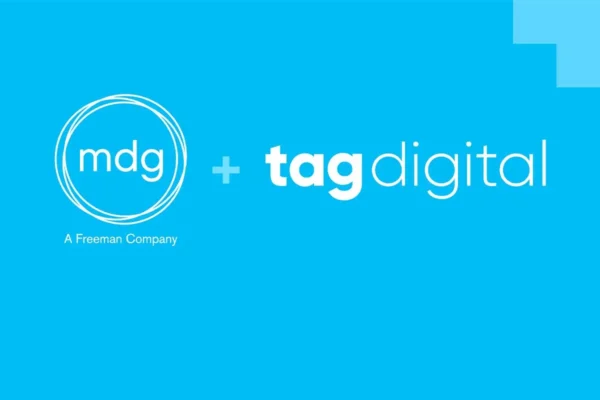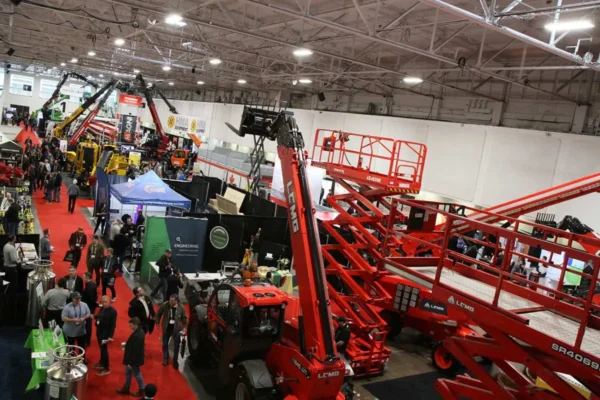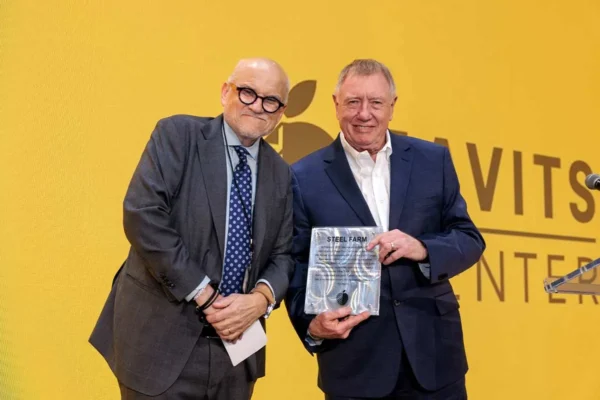by Liz Lathan, CMP
You’re going to pick up a lot of incredible design ideas from this issue of Exhibit City News, but I’m here to bring you a new angle: designing for the human experience.
When designing exhibit spaces, we often think about the elements that need to be accommodated — a theater, five demo kiosks, a meeting space, and a welcome desk. Check, check, check, and check. We built the places for all the things.
We might have even thought about how people will move through the space in the way that we catch them at the welcome desk and scan them for their swag. We bring them to a theater session. Our booth staff patiently awaits questions at the demo stations after each theatre session.
But what’s drawing people in there in the first place?
Many exhibitors opt for the game approach — spin the wheel and win a prize or try the putting green to win some swag! Good for a fun greeting, but it rarely ties back to the message or the solution. It’s not driving deeper engagement, just transactional interactions.
Many years ago, one of my friends at a tech company shared with me their human action plan. It was based on the classic sports play known as “The Zone Offensive.”
Here’s the play:
Their first level of interaction was the crowd gatherers a.k.a. The Screeners. These were the staffers talking to people in the aisles, asking initial qualifying questions, and uncovering potential interest in their solutions.
Once the challenge was established or uncovered, The Screeners introduced the prospect to a staffer who could initiate a more technical conversation, invite them back to a theater session on a topic that would be relevant to them, or bring them to a demo station.
If the prospect completed a demo or a session and was ready to talk more, they would be brought into the inner ring for a deeper conversation or even a whiteboard session.
This play adjusts based on the size of the booth and the number of staffers present, but all team members were trained on their role and cross-trained to know what each level of the offense was responsible for doing.
Now let’s go back to that booth design you created.
How are you actually standing out on the show floor, bringing people into a conversation, and moving them through your booth for more qualified conversations?
Here are a few ideas on how you can leverage the idea of Screeners in your next experience design:
- Work with a comedy expert (like jonselig.com) to help your staff craft humorous opening lines that grab attention and get prospects open to a conversation.
- Invest in a strategic magician (like magicmeansbusiness.com) who can incorporate your core messages into their act to draw people in and keep them there.
- Collaborate with a tradeshow hospitality company to bring an experiential food activation (like crepesalatte.com) to attract people to your booth.
- Design a space in your booth to capture key challenges that attendees are having and invite them in to share theirs on your board (or bring in something like spontaneousthinktank.com).
- Bring in an industry expert (like tradeshowinsights.com or tradeshowu.biz) to train your staff on how to engage with prospects.
Yes, you’re going to win awards for the design of the booth, but you’ll win hearts and minds (and leads) with human engagement.
Remember that your booth isn’t just a house on some expo floor real estate. You’re building a place of belonging — a home.
A house doesn’t become a home until you fill it with people.
Liz Lathan, CMP, runs a community for corporate event professionals.
This story originally appeared in the Q3 2024 issue of Exhibit City News, p. 28. For original layout, visit https://issuu.com/exhibitcitynews/docs/ecn_q3_2024/28.
































